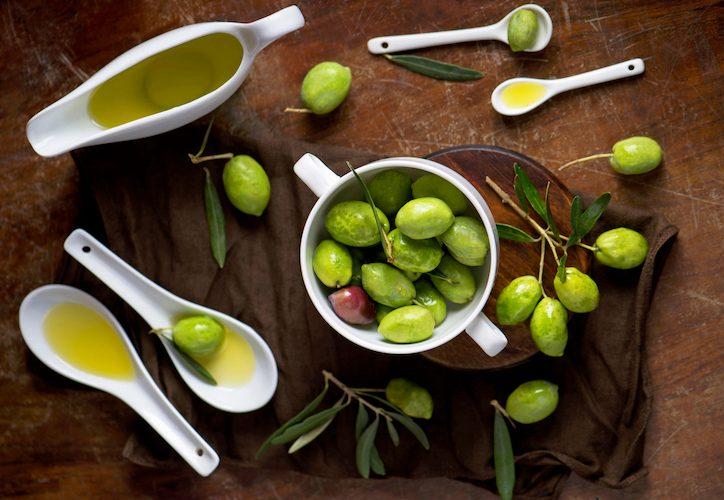There are those of us who truly believe that olive oil is the most wonderful thing in the world. Greater than anything.
Walking in an olive grove is a joy that is hard to improve upon. But then, trees have always been a passion of mine since I was a boy. Climbing them. Getting way high up, and just sitting there. Birds stop by and perch there with you. Often it was hard to get back down.

